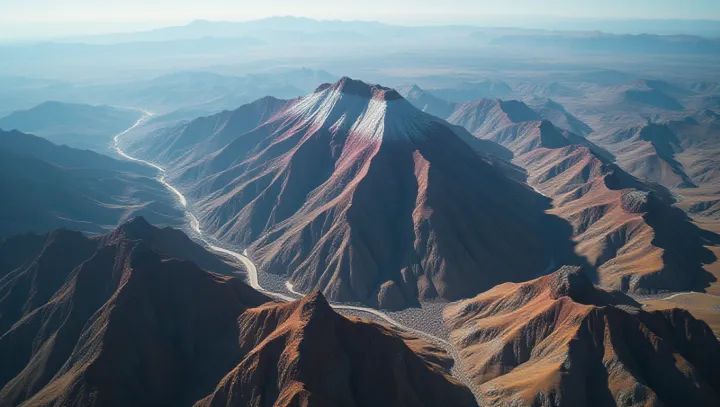Understanding the Three Types of Mountains

Mountains, the colossal formations that have towered over landscapes for eons, can be categorized into three primary types based on their modes of formation: fold, fault-block, and volcanic. These geological edifices are not only stunning in their majesty but also bear witness to the dynamic forces shaping our Earth. Fold mountains, such as the Himalayas, arise from the collision of continental tectonic plates.
The immense pressure causes layers of the Earth's crust to fold over one another, creating soaring peaks and deep valleys. Meanwhile, fault-block mountains form when large blocks of the Earth's crust are faulted and tilted, as seen in the Sierra Nevada range. This occurs due to the stretching and thinning of the crust, often in regions of tectonic divergence.
Volcanic mountains, exemplified by Mount Fuji in Japan, are the result of volcanic activity. As magma from beneath the Earth's surface erupts, it accumulates and solidifies, creating steep volcanic cones. These mountains, often part of chains formed along tectonic plate boundaries, highlight the fiery nature of our planet's inner processes.
According to Dr. Helen Stone, a geologist from the University of New Mexico, understanding the formation of mountains offers critical insights into plate tectonics and geological processes. 'These natural structures are vital in understanding Earth's history and predicting future geological events,' she notes.
As our understanding of these majestic entities deepens, so does our appreciation for the intricate and powerful forces that sculpt the Earth. Whether for scientific pursuit or sheer appreciation of nature's wonders, the study of mountains remains a captivating subject within the field of geology.
